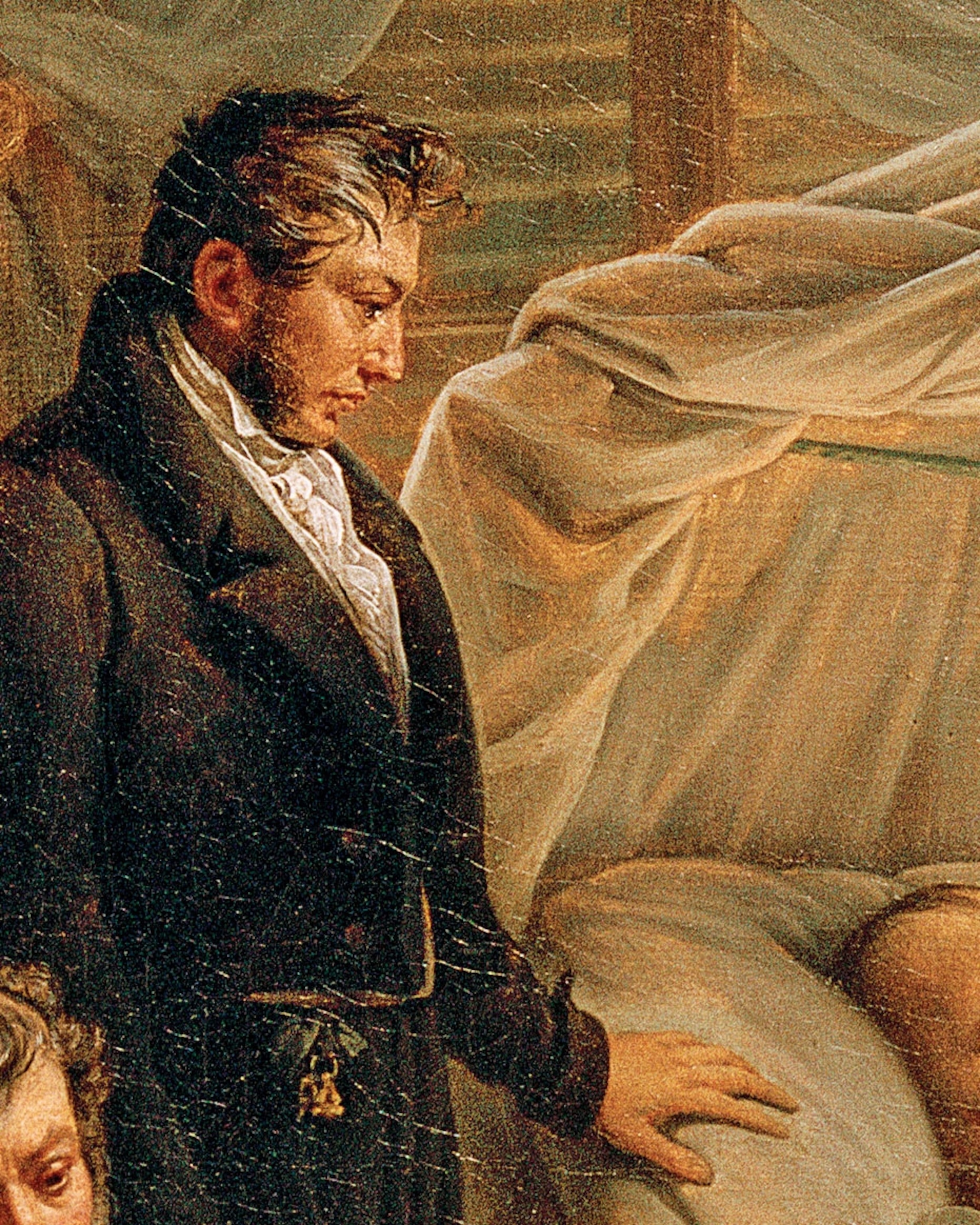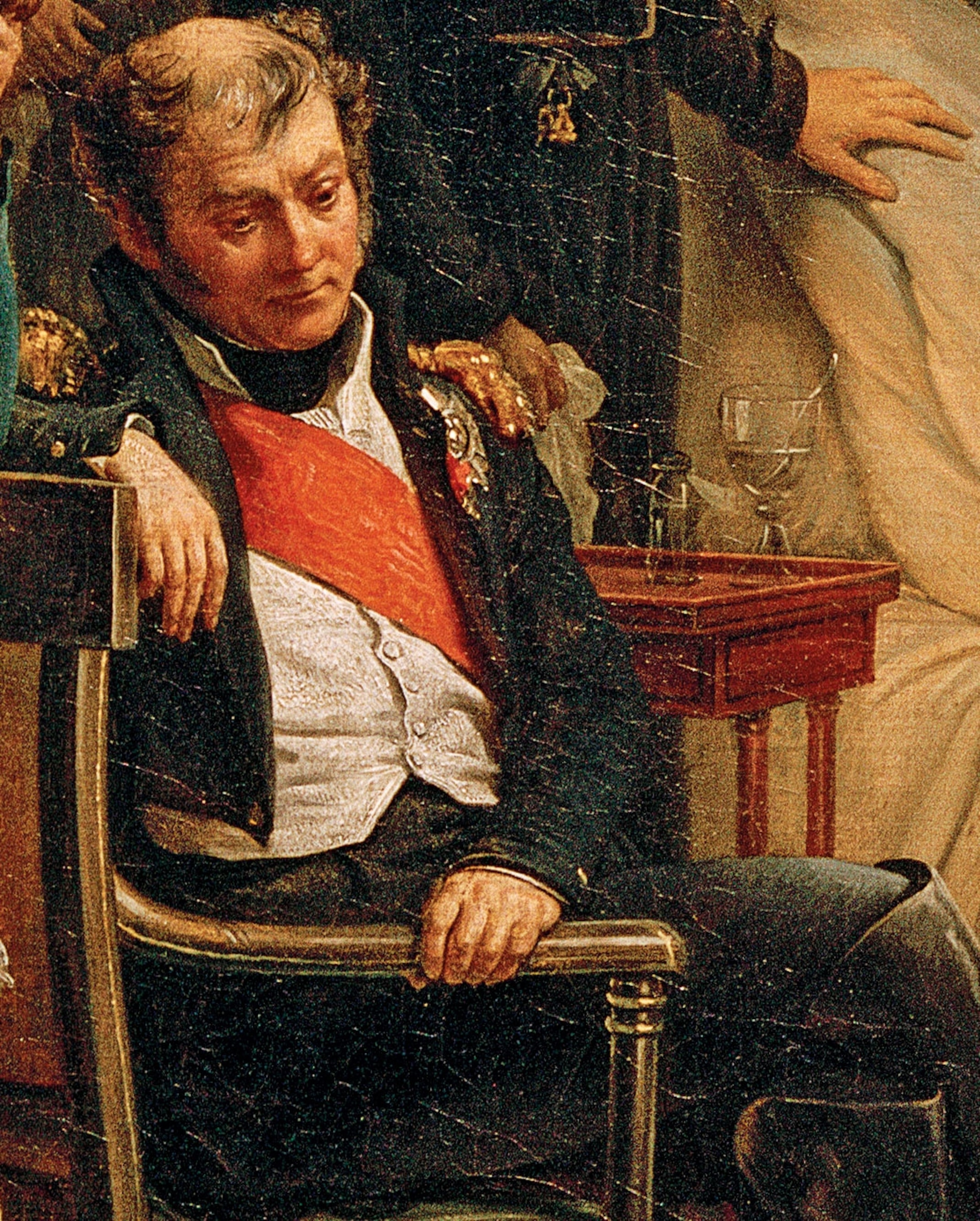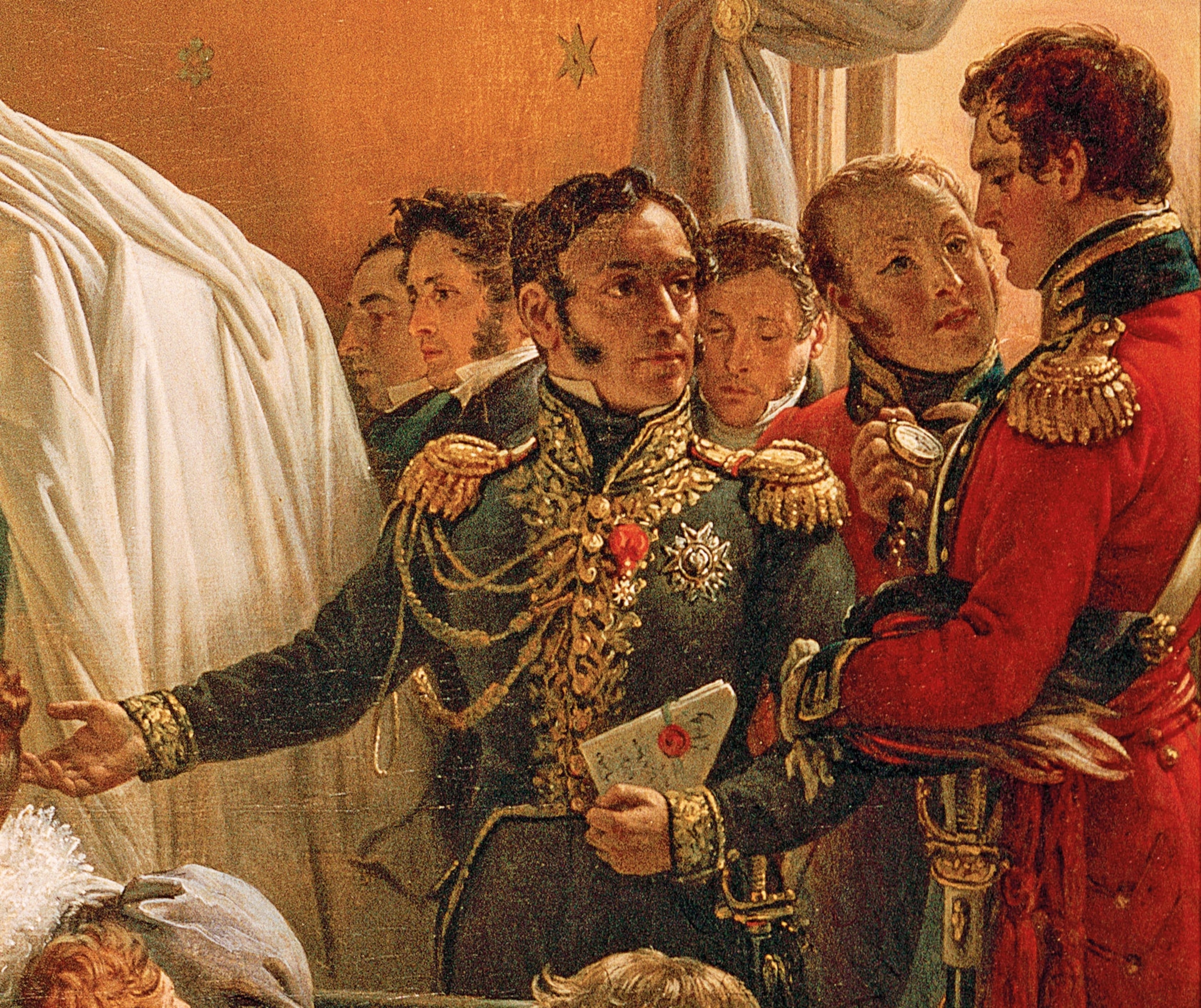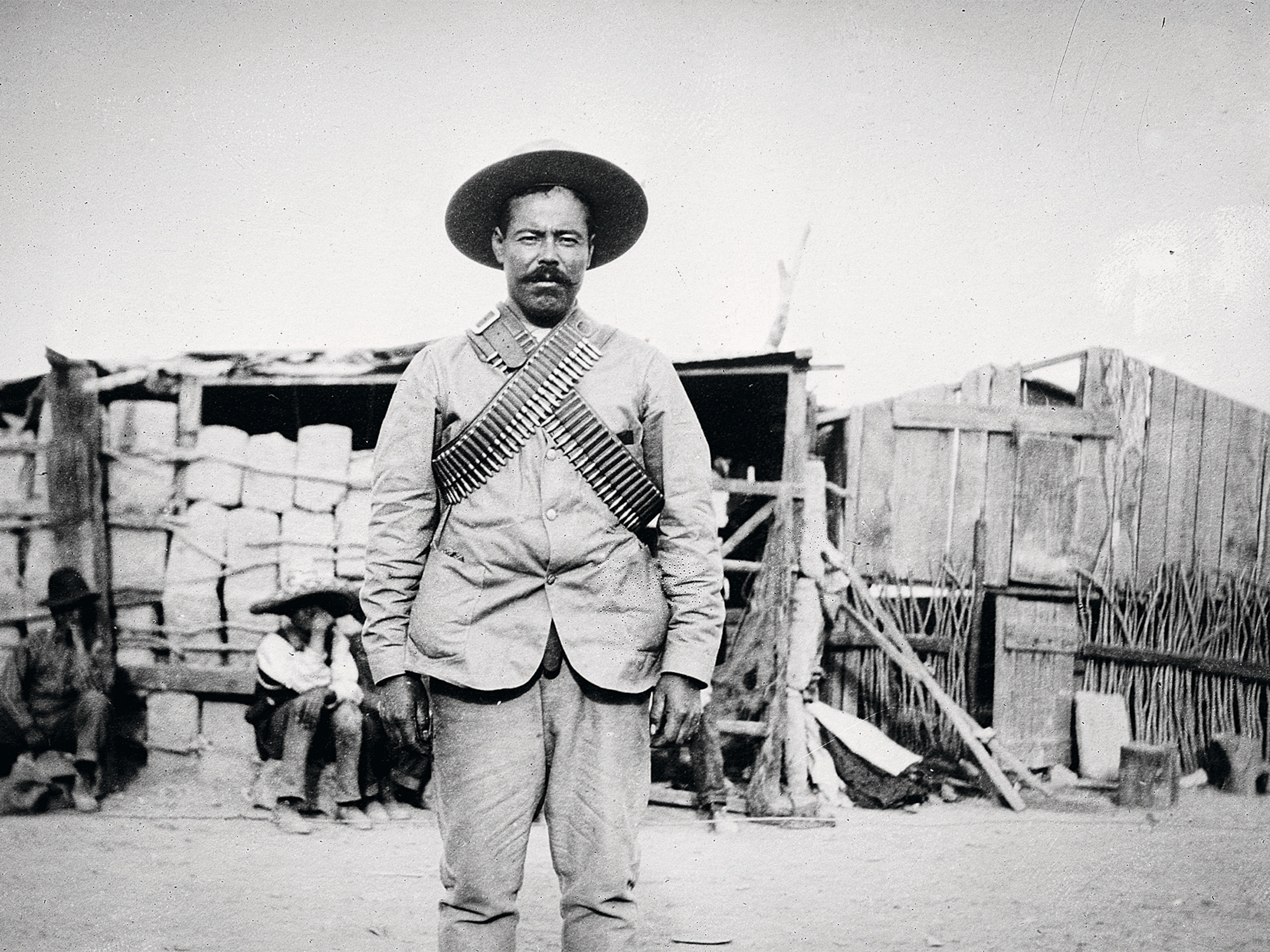
'The Death of Napoleon' captures the end of a tumultuous era
After carefully researching Bonaparte's time in exile, painter Charles de Steuben depicted Napoleon's deathbed and the witnesses to his dying moments in May 1821.
Napoleon Bonaparte died on May 5, 1821, on the remote South Atlantic island of St. Helena. To the British, Dutch, and Prussian coalition who had exiled him there in 1815, he was a despot, but to France, he was seen as a devotee of the Enlightenment.
In the decade following his demise, Napoleon’s image underwent a transformation in France. The monarchy had been restored, but by the late 1820s, it was growing unpopular. King Charles X was seen as a threat to the civil liberties established during the Napoleonic era. This mistrust revived Napoleon’s reputation and put him in a more heroic light. (Beethoven was once Napoleon's biggest fan but became his biggest critic.)
Fascination with the French leader’s death led Charles de Steuben, a German-born Romantic painter living in Paris, to immortalize the event. Steuben’s painting depicts the moment of Napoleon’s death and seeks to capture the sense of awe in the room at the death of a man whose legendary career had begun in the French Revolution.
Napoleon declared himself France’s First Consul in 1799 and then emperor in 1804. For the next decade, he led France against a series of European coalitions during the Napoleonic Wars and expanded his empire throughout much of continental Europe before his defeat in 1814. He was exiled to the Mediterranean island of Elba, but he escaped and briefly reasserted control over France before a crushing final defeat at the Battle of Waterloo in 1815.

Napoleon’s military prowess earned him the fear of his enemies, but his civil reforms in France brought him the respect of his people. The Napoleonic Code, introduced in 1804, replaced the existing patchwork of French laws with a unified national system built on the principles of the Enlightenment: universal male suffrage, property rights, equality (for men), and religious freedom. (Inside the Christmas Eve plot to kill Napoleon.)
Even in his final exile on St. Helena, Napoleon proved a magnetic presence. Passengers of ships docked to resupply would hurry to meet the great general. He developed strong personal bonds with the coterie who had accompanied him into exile. Although some speculate that he was murdered, most agree that Napoleon’s death in 1821, at the age of 51, was the result of stomach cancer. (Napoleon's military defeat in Egypt yielded a victory for history.)
Hushed grief
The son of an army officer, Charles de Steuben was born in 1788, his youth and artistic training coinciding with Napoleon’s rise to power. The portrayal of key moments in Napoleon’s dramatic military career would feature among some of Steuben’s best known works.
Using his high-level contacts among figures in Napoleon’s circle, Steuben interviewed and sketched many of the people who had been present when Napoleon died at Longwood House on St. Helena. Painstakingly researching the room’s furniture and layout, he painted a carefully composed scene of hushed grief. Notable among the figures are Gen. Henri Bertrand, who loyally followed Napoleon into exile; Bertrand’s wife, Fanny; and their children, of whom Napoleon had become very fond.
At Napoleon's side
The best known version of “The Death of Napoleon” was completed in 1828. French writer Stendhal considered it “a masterpiece of expression.” In 1830 the installation of a more liberal monarchy in France further boosted admiration of Napoleon, who suddenly became a wildly popular figure in theater, art, and music. This fervor led to the diffusion of Steuben’s deathbed scene in the form of engravings throughout Europe in the 1830s. (What can 200-year-old DNA tell us about a murdered French revolutionary?)
The French author François-René de Chateaubriand wrote that Napoleon possessed “the mightiest breath of life to ever animate human clay,” a grandeur of vision that permeates Steuben’s masterpiece of historical reconstruction. It hangs today in the Napoleon Museum at the Arenenberg Palace in Switzerland, the former residence of Napoleon’s stepdaughter, Hortense.









